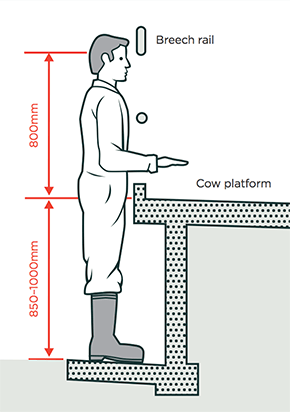Manual Handling Risk Assessment
※ Download: Manual handling risks
This may lead to asymmetrical loading of muscles, and potentially lead to fatigue. Some have put a lot of work into building lots of easily accessible and easy-to-understand material for the public, others seemingly not. An unfavourable ergonomic condition is the physical strain involved in having to lift such a load.

These tasks can lead to the development of a MSD. The template form carries details of the proposed activity and the desired safety measures.

Lifting, pushing and pulling (manual handling) - This national focal point often being the national authority of health and safety at work and its national network government bodies and representatives from worker and employer organisations are responsible for developing national guidelines and models for communicating the manual handling regulations for the public in their respective country.

What is manual handling? Twenty eight per cent of injuries to Victorian workers are caused by manual handling. Manual handling covers a wide range of activities including: lifting, pushing, pulling, holding, restraining, throwing and carrying. It includes repetitive tasks such as packing, typing, assembling, cleaning and sorting, using hand-tools, operating machinery and equipment, and handling and restraining animals. Not all manual handling tasks are hazardous, but because most jobs involve some form of manual handling, most workers are at some risk of manual handling injury. Good posture and lifting techniques can help reduce the risks, but research indicates that making changes to workplace design is the most effective way to prevent manual handling injury. Manual handling — identifying workplace hazards Some factors in the workplace may increase the risk of an injury occurring. A detailed process, including requirements for identifying hazardous manual handling and implementing risk controls, is available from WorkSafe Victoria. Manual handling — assessing the risks The next step is to assess which factors are contributing to the risk of injury. Reducing or eliminating manual handling risks After identifying workplace hazards you can do several things to control the risk of manual handling injuries. These tips can help reduce injury at home as well as at work. If so, does it have to be done this way? Manual handling — protecting your back The back is particularly vulnerable to manual handling injuries. Professional advice about manual handling Your workplace occupational health and safety coordinator can give you advice about managing the risks associated with manual handling. Organisations such as WorkSafe Victoria or unions can offer information and advice on modifying the workplace or work practices to reduce the risk of manual handling injuries. Find out more about your industry and which organisations help to prevent work-related deaths in your workplace... Last updated: March 2017 Content on this website is provided for information purposes only. Information about a therapy, service, product or treatment does not in any way endorse or support such therapy, service, product or treatment and is not intended to replace advice from your doctor or other registered health professional. The information and materials contained on this website are not intended to constitute a comprehensive guide concerning all aspects of the therapy, product or treatment described on the website. All users are urged to always seek advice from a registered health care professional for diagnosis and answers to their medical questions and to ascertain whether the particular therapy, service, product or treatment described on the website is suitable in their circumstances.
There is Standard Operating Procedures SOP which covers the risk factors that workers have to face in such activities of work which entails physical shifting of material or human beings. This includes the methods to be used if lifting the material by bare hands and also the usage of equipment for lifting certain kind of material. The use of a simplified checklist to identify potential hazards can be of great benefit in ensuring that all risk factors are identified. However, and this is important: OSHA doesn't have any official regulations on the limits on how much a person may lift or carry. It is our view that manual handling training needs to be carried out in line with these requirements to ensure that employees have adequate and appropriate knowledge or training. If you're a math lover, it's heaven. Risks can be found in all work sectors, but healthcare, agriculture and construction are recognised as high-risk industries due to the number and nature of the manual handling activities. INAIL in the field of occupational safety and health in Italy. Hazardous manual handling legal duties The Occupational Health and Safety Act 2004 sets out duties in relation to health and safety in the workplace. If you have any DMCA issues on this post, please. Employers are required to carry out risk assessments for manual handling risks that may create risks to manual handling risks workforce, and to reduce the risks as far as is reasonably practicable.



